News and Posts
2025

Current Property Tax Property Proposals in the 69th Montana Legislature
Montana's 69th legislative session has been characterized by significant efforts to tackle the state's rising property taxes. As property values soar, lawmakers have introduced several proposals aimed at offering relief to homeowners and ensuring a fair tax system.
2024

The Economics of Property Tax Task Force Recommendations Part 6 (Series on Property Taxation in Montana)
December 4, 2024
Greg Gilpin
In Part 6 of this series, I provide an analysis of the tax policies that were recommended
by the Governor’s Property Tax Task Force. Governor Greg Gianforte tasked the Property Tax Task Force with recommending strategies to reform Montana’s property tax system, including its
political subdivisions, without imposing a statewide sales tax. The task force, composed of lawmakers, local officials, and fiscal policy experts,
was divided into three subcommittees: Tax Fairness, Education Finance, and Local Government.

The Economics of Property Tax Policies Part 5 (Series on Property Taxation in Montana)
November 6, 2024
Greg Gilpin
This post analyzes recently proposed property tax policies and one already enacted policy that has significantly impacted taxes.
- Policy 1: Reductions in taxable rates.
- Policy 2: Homestead/Comstead/Agstead Exemptions.
- Policy 3: Reduction to the mills of the 95-Fixed Mill Levy.
- Policy 4: Property Tax Rebate Program
This analysis builds on foundational property tax concepts. If you're unfamiliar with property tax terms, I encourage you to review Parts 1-4 of this series for a deeper understanding.

Tax Policies and Shifting Tax Burden Between Property Classes Across Montana Part 4 (Series on Property Taxation in Montana)
October 30, 2024
Greg Gilpin
Overview of how the tax burden is defined and measured, followed by an analysis of how the tax burden between property classes has shifted in Montana since 1992. The property tax burden refers to the total amount of taxes paid relative to a property's market value. A shift in tax burden occurs when the responsibility for paying taxes moves from one group of taxpayers to another. This shift can happen both within and between property classes. If property taxes increase proportionally across properties, the tax burden remains unchanged.

The Fixed Mill Levy Issue: Why Montana's 95 Mill Levy is Unstainable in the Long Run Part 3 (Series on Property Taxation in Montana)
October 16, 2024
Greg Gilpin
The 2023 property tax cycle created widespread concern among policymakers, businesses, and especially homeowners as many experienced steep increases in their property taxes. Accusations flew, with Governor Gianforte pointing to the few local governments' excessive spending as the cause, while local policymakers argued that the 95-Mill Levy was the culprit. Others suggested that large corporations were responsible.This post examines the impact of the State’s use of fixed mill levies, specifically the 95-Mill Levy for public school equalization, the 6-Mill Levy for universities, and the 1.5-Mill Levy for vocational colleges.

Why Did My Property's Taxes Increase? Part 2 (Series on Property Taxation in Montana)
October 2, 2024
Greg Gilpin
Montana homeowners experienced a significant shock when they opened their 2023 property
tax bills, many facing steep increases compared to prior years. According to the Montana
Free Press, the “median residential properties in Montana saw a 21% higher tax bill following this
year’s reappraisal cycle.”
This post explores the factors driving these increased property taxes. I highlight six key mechanisms that can cause property taxes to rise:
- New government spending.
- Increased existing government spending.
- Overall property values rise with fixed mill levies.
- Your property’s value increases while others’ values remain steady.
- Your property’s value holds steady while others’ values decline.
- Special assessments increase.

Understanding Your Property Tax Bill: A Step-by-Step Guide Part 1 (Series on Property Taxation in Montana)
September 18, 2024
Greg Gilpin
Property tax statements can often be confusing, and filled with unfamiliar codes,
values, and terminology. If you're like many homeowners, you might find it easier
to simply pay the bill rather than uncode the details. Understanding your property
tax statement is essential, as errors can occur, potentially leading to overpayment.
THis post explains the key components you need to understand your annual property
tax statement better.

The Corporate Transparency Act may affect Montanans who have Business Arrangements such as LLCs, S or C Corporations or Other Entities
February 6, 2024
Marsha Goetting
A new federal reporting requirement aimed at reducing corporate crime will affect some Montana farmers, ranchers and businesses. Beginning on Jan. 1, 2024, certain corporations, limited liability companies and other entities created or registered to do business in the U.S. will be required to report information about their beneficial owners to the Financial Crimes Enforcement Network, or FinCEN, within the U.S. Treasury Department.

Greg Gilpin
Rural hospital closures in the United States have become a significant public health
crisis, with over 100 rural hospital closures and 87 conversions to urgent care facilities
since 2005. These closures, driven by a complex blend of economic, demographic, and
policy factors, have far-reaching implications not only for healthcare access but
also for the broader rural economy. While none of Montana’s 55 rural hospitals have
closed or converted, 64% have sustained loss of services and 25% are at risk of closing/converting
within two years.
2023

Diane Charlton
Robots are entering many industries, including healthcare, manufacturing, transportation,
and agriculture, among others. As new technologies facilitate the automation of a
growing number of tasks, the question looms whether machines will displace workers.
This concept is not new. People have worried about technological unemployment for
centuries.

Diane Charlton
Businesses throughout the country are still struggling to fill job vacancies. Numerous
factors are responsible for the tight labor market. The retirement rate of older workers
rose in 2021, and workers retired at younger ages. Many workers reassessed their career
aspirations and priorities before returning to the workforce following layoffs in
2020. Worker burnout increased among frontline workers and caregivers especially,
and some of these workers have not returned to the workforce. Workers are also reshuffling
between jobs in the same sector or between sectors.

Diane Charlton
More than two-thirds of the U.S. crop workforce is foreign-born.As the U.S. economy grew in the twentieth century, U.S.-born workers moved out of
farm work, and today less than 2 percent of the workforce is employed on farms. A
similar story is playing out in Europe as well, and it has important implications
for world labor migration, agricultural production, and international trade.

Diane Charlton
It said that about 32 million people lost some of their government food assistance
in March 2023 because the federal government ended emergence allotments (EAs). States
could use EAs to increase Supplemental Nutrition Assistance Program (SNAP) benefits
as long as the federal government still had its public health emergency (PHE) in effect
and the state had issued an emergency or disaster declaration.

Did a Robot Write This? The Future of Chatbots in Agriculture
Nick Hagerty
Artificial intelligence (AI) is becoming more and more ubiquitous across many industries,
and agriculture is no exception. One of the most promising applications of AI in agriculture
is the use of chatbots. Chatbots are computer programs designed to simulate conversation
with human users through voice or text messaging.

Montana Lease Rates Were Flat in 2022...With One Major Exception
Kate Fuller
2022 lease rates did not decline in Montana. Mostly, they were up slightly, following
a pattern that has been seen for many years: average lease rates inch up, but once
inflation is taken into account, they are just about the same as last year.
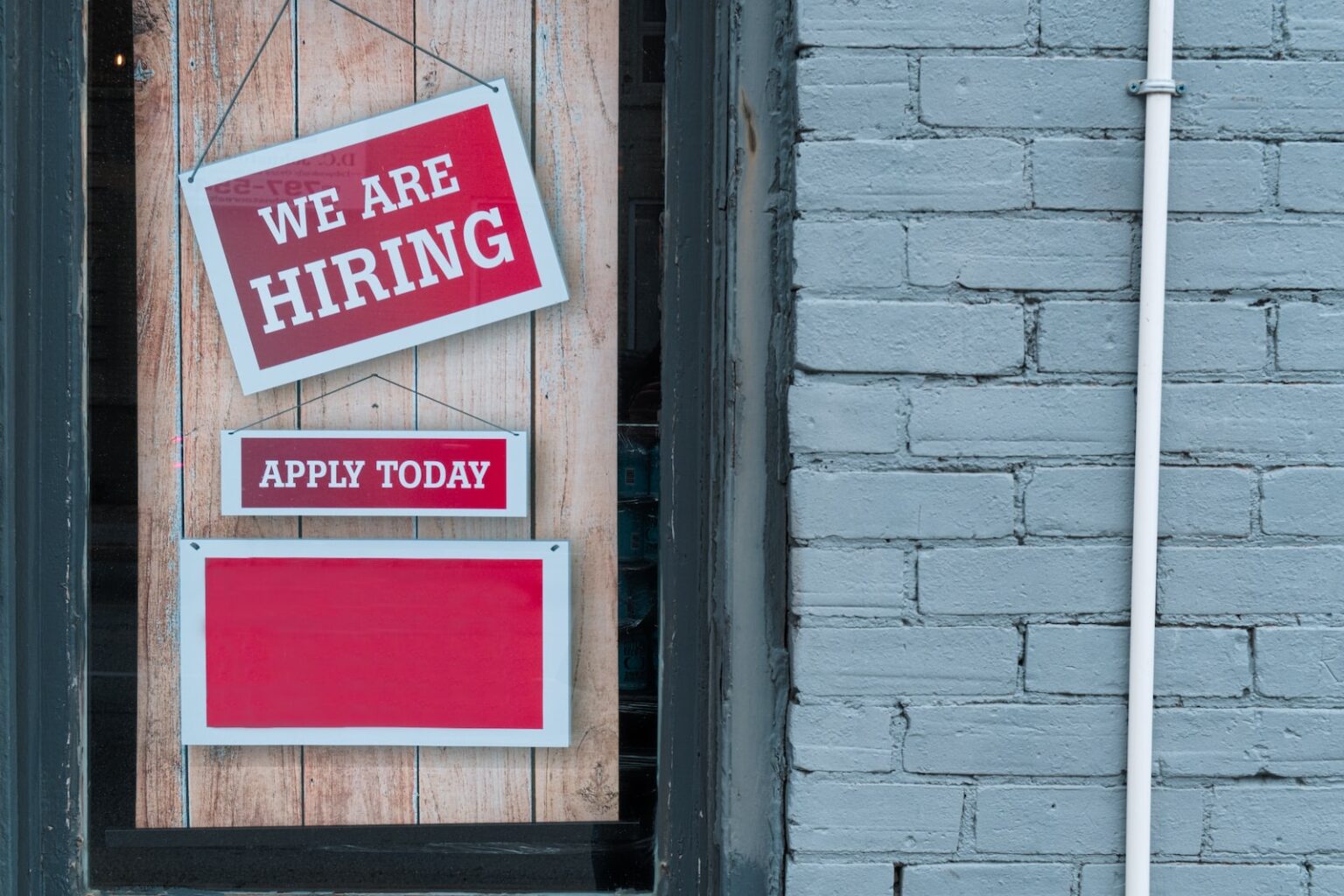
Tight Labor Markets and Immigration
Diane Charlton
Help wanted signs, which became a frequent sight in restaurant and shop windows by
the end of 2020, are still common fixtures throughout the nation. A recent article
in the Wall Street Journal focused on the growing number of employers who are finding
employees in migrant communities. The article highlighted the stories of several
immigrants who came to the United States from Latin America after hearing about a
high-paying job on social media. Some intend only to work in the United States for
a few years, saving their earnings to invest in a new business enterprise in their
home country upon their return.
2022

Nick Hagerty
The CSKT Water Compact is an agreement between the Tribes, the State of Montana, and
the federal government to settle disputes over water rights in and around the Flathead
Indian Reservation in northwestern Montana. Essentially, the Tribes have given up
most of their claims to water rights in exchange for more certainty around the ones
they retain.

Diane Charlton
Several lawmakers are currently trying to pass a bill, called the Farm Workforce Modernization
Act, which would streamline the H-2A agricultural guest worker program and provide
a pathway to citizenship for an estimated one million farmworkers currently residing
in the United States (Peterson and Hackman 2022). The overall effects of the legislation,
if passed, are difficult to predict.
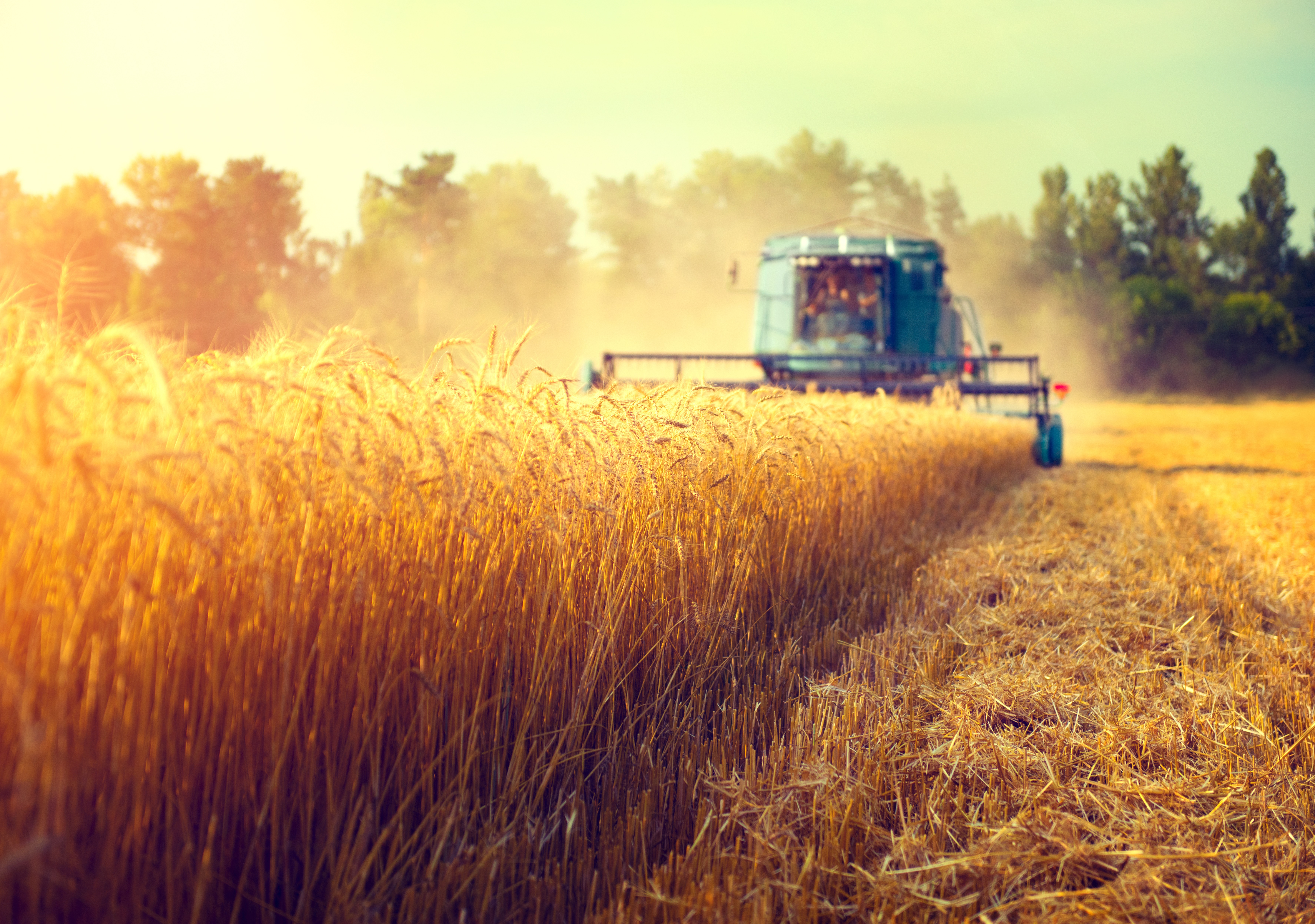
Kate Fuller
This year, we partnered once again with Montana Wheat and Barley Committee and the USDA NASS Montana Field Office to add several economic questions to the annual wheat and barley variety survey.
Since the 2021 survey, sentiment about current and future profitability has fallen.
Roughly 42 percent (the largest group of respondents) expected their profitability
to decline over the coming year, compared with 25% in 2021. 40% expected profits to
stay the same, and 18% expected improvement.
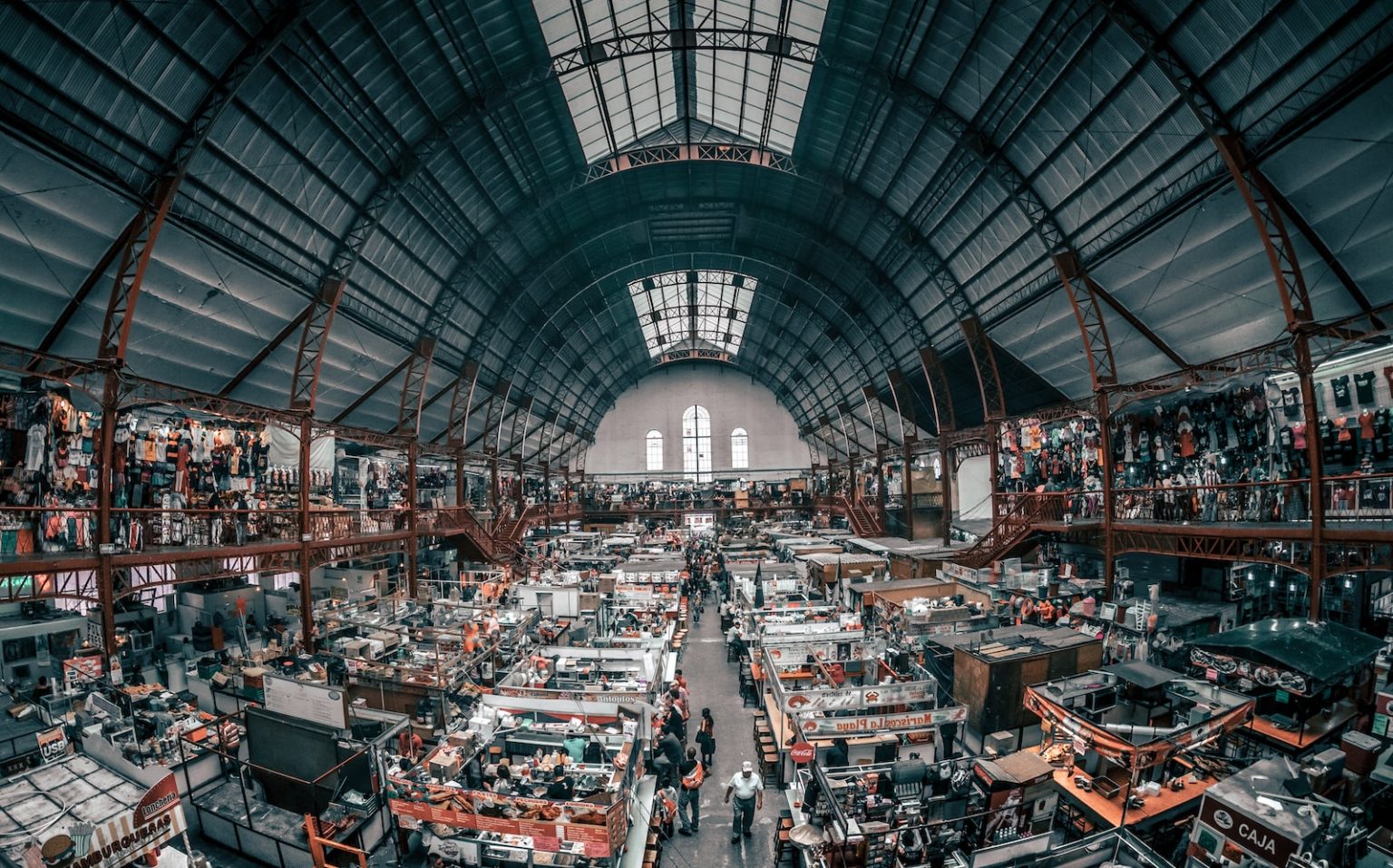
Brock Smith
In terms of raw spending, the Inflation Reduction Act (IRA) is the biggest piece of climate legislation ever passed in any country. Ageconmt’s Nick Haggerty recently gave a brief overview of the climate spending provisions. The bill amounts to a firehose of tax credits and other subsidies for all kinds of carbon emission-reducing technologies. Similarly, the CHIPS act passed shortly before the IRA directs $250 billion in federal spending towards semiconductor research and manufacturing, with the aim of keeping pace with China in the semiconductor technology race.

Diane Charlton
Engineers have made remarkable strides in recent years to automate routine tasks on
dairies, orchards, and in strawberry harvest. Strawberries and apples will likely
soon be picked by robots rather than human hands. The engineering capabilities exist,
though current prototypes may not yet be as efficient as human workers. As technologies
improve, adoption on commercial farms will likely be gradual. Producers can prepare
now for technological advances by investing in their workforce to improve technical
and data analytic skills.
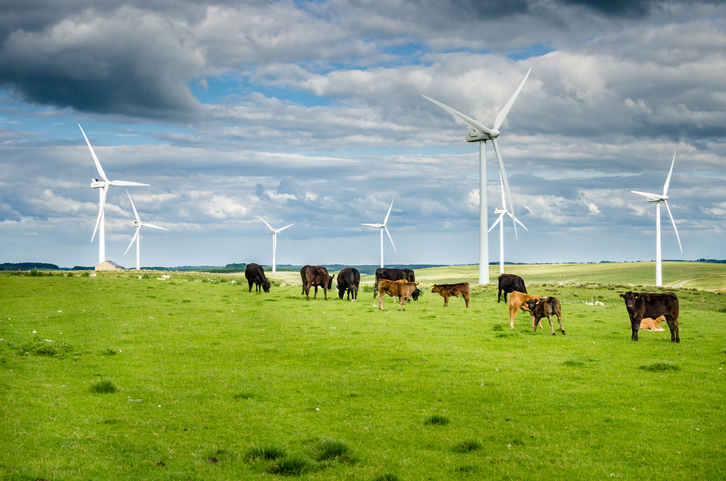
Nick Hagerty
The Inflation Reduction Act, which just passed Congress, is a big clean energy and
health care bill. It’s not really about reducing inflation at all. I explained in
my previous post. But there is one big piece of the IRA that may be of particular
interest to rural communities: $20 billion in programs for agriculture. This is a
ton of funding for USDA programs that incentivize farmers, ranchers, and forest landowners
to adopt soil and land conservation practices that mitigate climate change. These
practices are sometimes referred to as climate-smart agriculture or natural climate
solutions.

Nick Hagerty
Earlier today, President Biden signed the “Inflation Reduction Act” into law. It’s
a huge bill that does a ton of different things. Some of these things will directly
benefit farmers and ranchers, through increased funding for USDA conservation programs.
I’ll tackle these provisions in my next post, but first I want to discuss what the
bill is about overall.
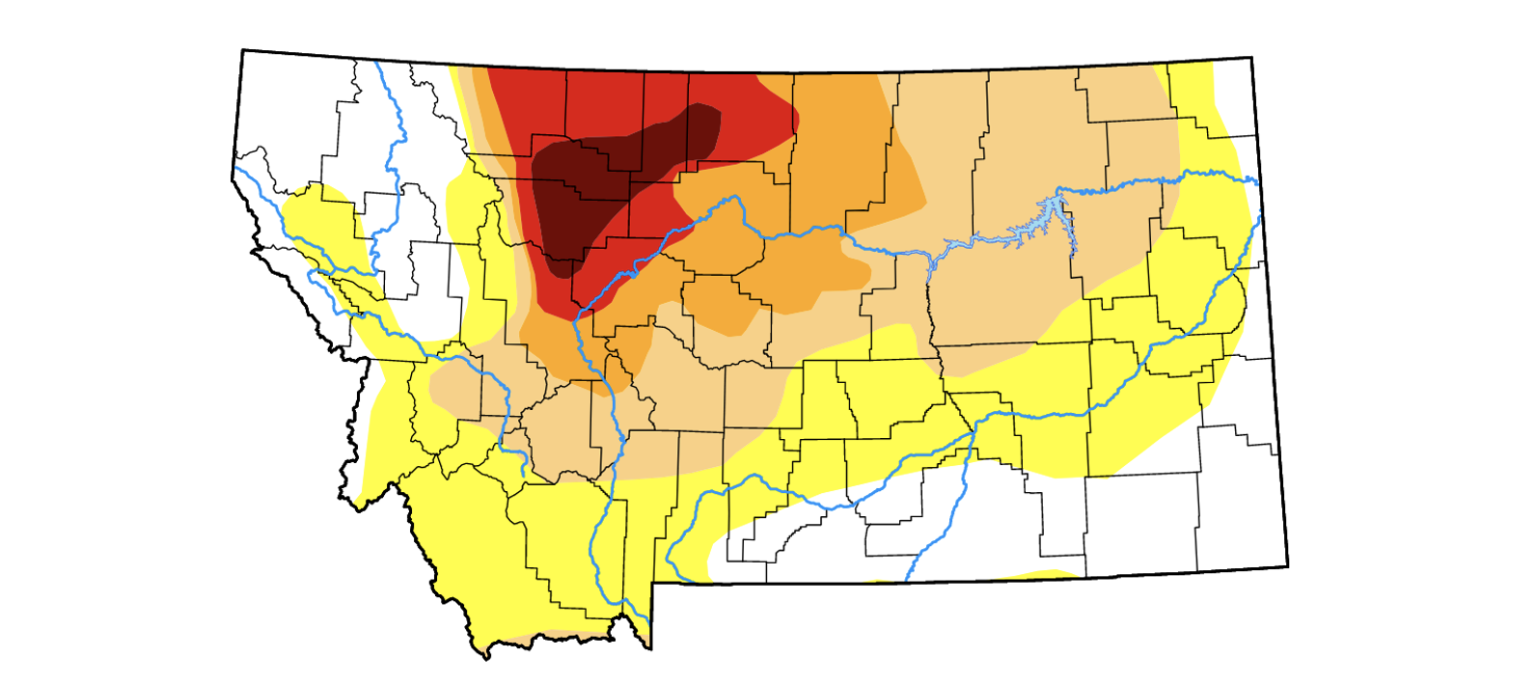
Kate Fuller
While parts of the state have been dealing with flooding, as a Bozeman Daily Chronicle article pointed
out yesterday, other parts are still contending with drought. Several counties in
North Central Montana are experiencing D4 “Exceptional Drought,” the most severe drought
category. I’ve had a couple questions so I’m updating a post I wrote last year around
this time.

Nick Hagerty
In Montana and across the West, the rules and institutions we have for managing water
were set up during very different times. Water supplies were more abundant and less
variable than they are now, and are projected to be in the future. There was also
a lot less competition for use of those resources.
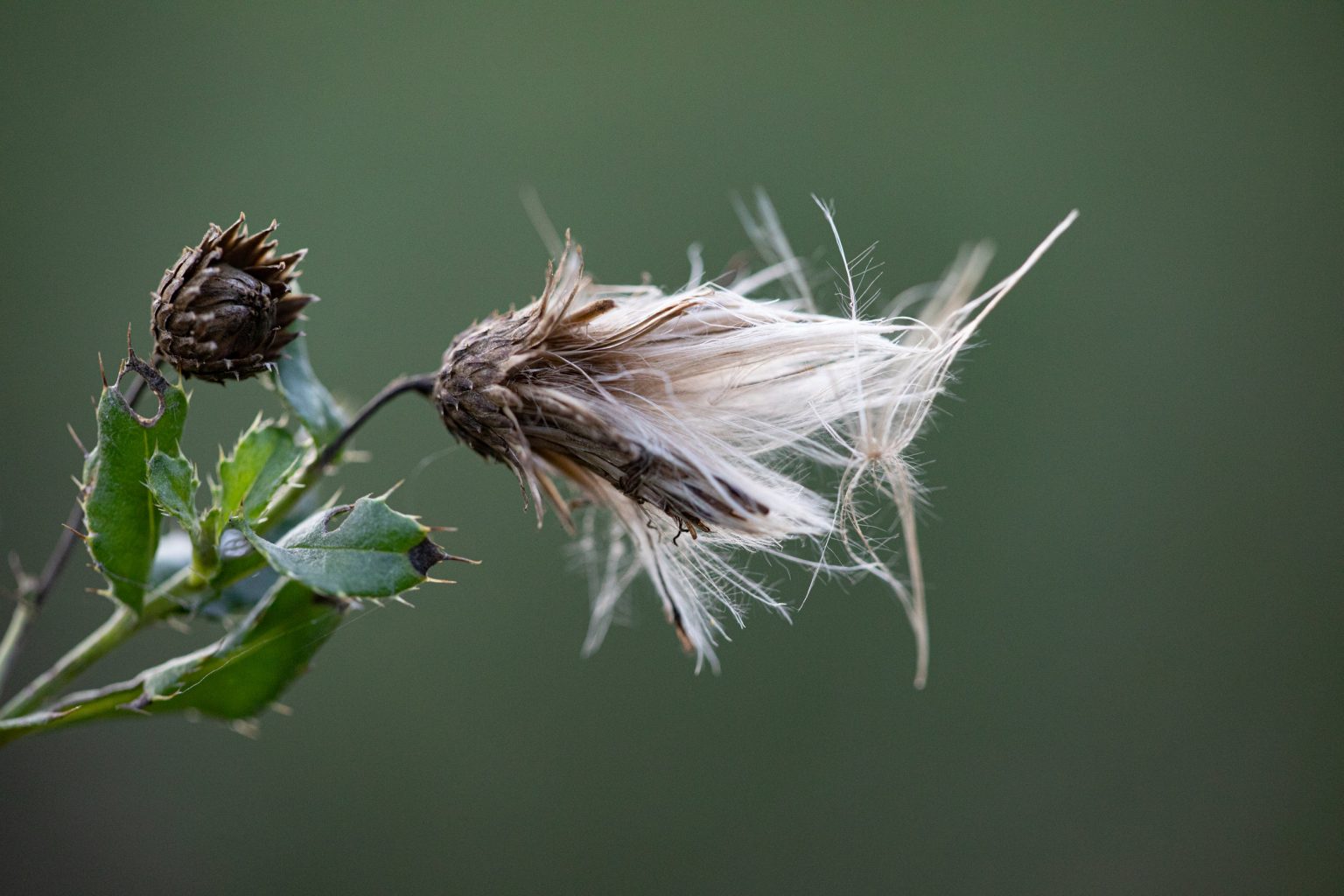
Kate Fuller
Weeds can be big issues for organic farms, where the broad range of herbicides available
to conventional farmers cannot be used. In this post, we assign economic values to
hard red spring wheat and lentil crop losses caused by creeping thistle (Cirsium arvense) using trial data collected by Kara Hettinger, Tim Seipel, and Pat Carr as part of
an Organic Research and Extension Initiative grant.

Brock Smith
Russia’s invasion of Ukraine has rocked the global energy market. Oil and gas prices
were already soaring for a variety of reasons (as detailed in my recent post), but the sanctions against Russia–one of the world’s largest oil and gas producers–along
with the general uncertainty and volatility caused by a major European war have sent
prices to levels unseen in nearly a decade. Since we derive such a high share of energy
from fossil fuels, and since energy is an input to all products and services to some
degree, high oil and gas prices are closely linked to the sustained high levels of
overall inflation that the US is experiencing. But in this post I want to focus on
one particularly interesting relationship: that between oil and food prices.

Yang Yu
More than 5 million seniors in the U.S.—or 7% of the population ages 60 and older—experienced food insecurity
in 2019. A recent study finds that one in five Americans faces insufficient food at some point in their 60s
and 70s. The same study suggests that food insecurity occurs more commonly at later
stages of life than we previously thought.
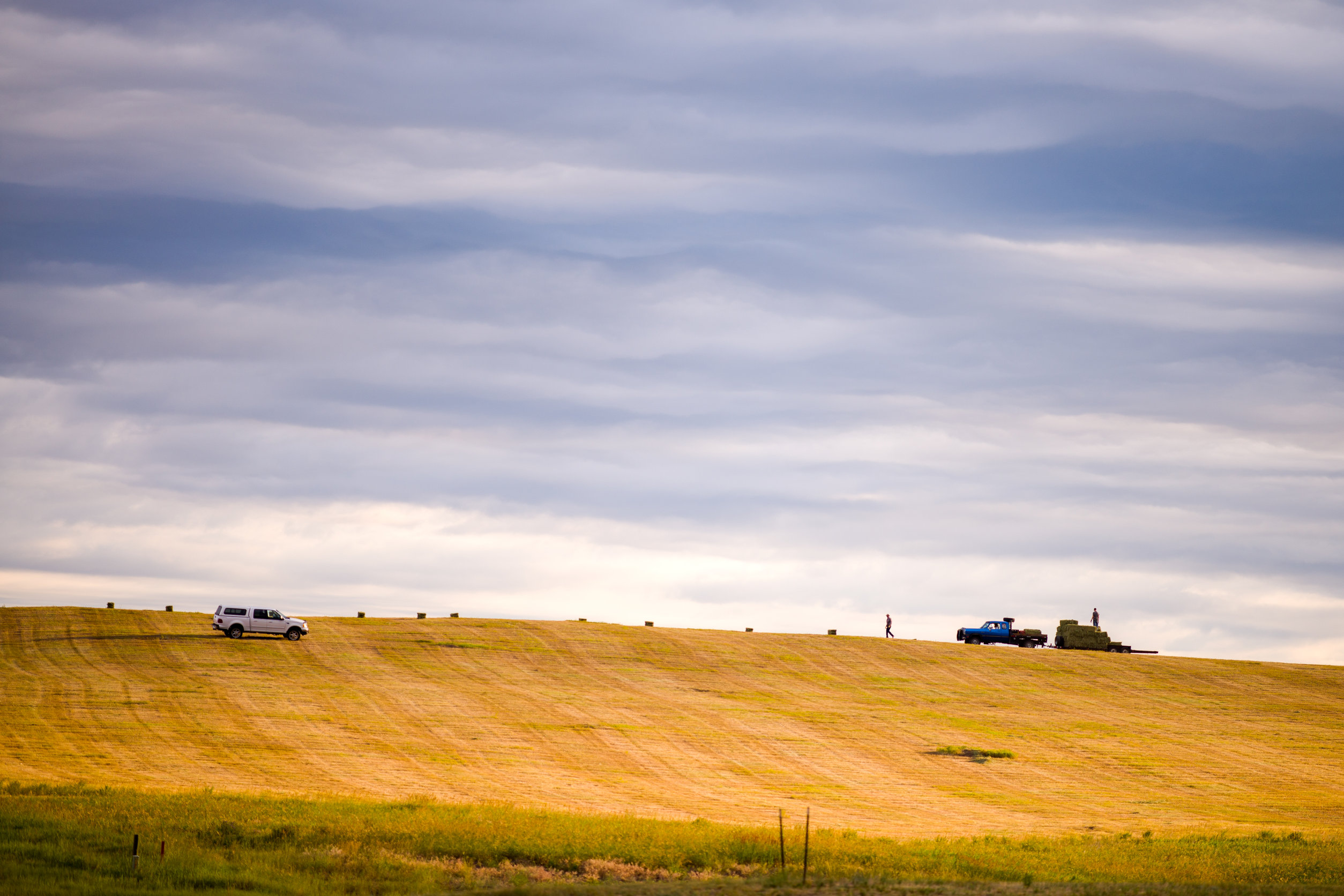
Kate Fuller
The average reported crop land lease rate in Montana was $36 per acre, an increase
of $2 from 2020. Irrigated cropland, which has bounced around significantly over time
in price, is now at $88 per acre, up from $85 in 2020. Dryland crop leases increased
by $1 to $29 per acre. Pastureland rose above $7 per acre in nominal value for the
first time since NASS has collected these data. After accounting for inflation, however,
these values are relatively steady over time.

Dan Bigelow
The conversion of agricultural and forested lands to developed uses is, to a large
extent, a natural byproduct of economic development. As our population grows, we’ll
need more land for housing, schools, commercial and industrial production, and so
on. Of course, however, there are tradeoffs and challenges that accompany an expansion
of development-oriented land uses. Among these are obvious environmental problems
concerning the potential loss of natural lands and wildlife habitat; challenges for
the food system, such as a loss of productive farmland; and other urban-related problems
such as increases in congestion and air pollution from more people commuting longer
distances to their places of work.
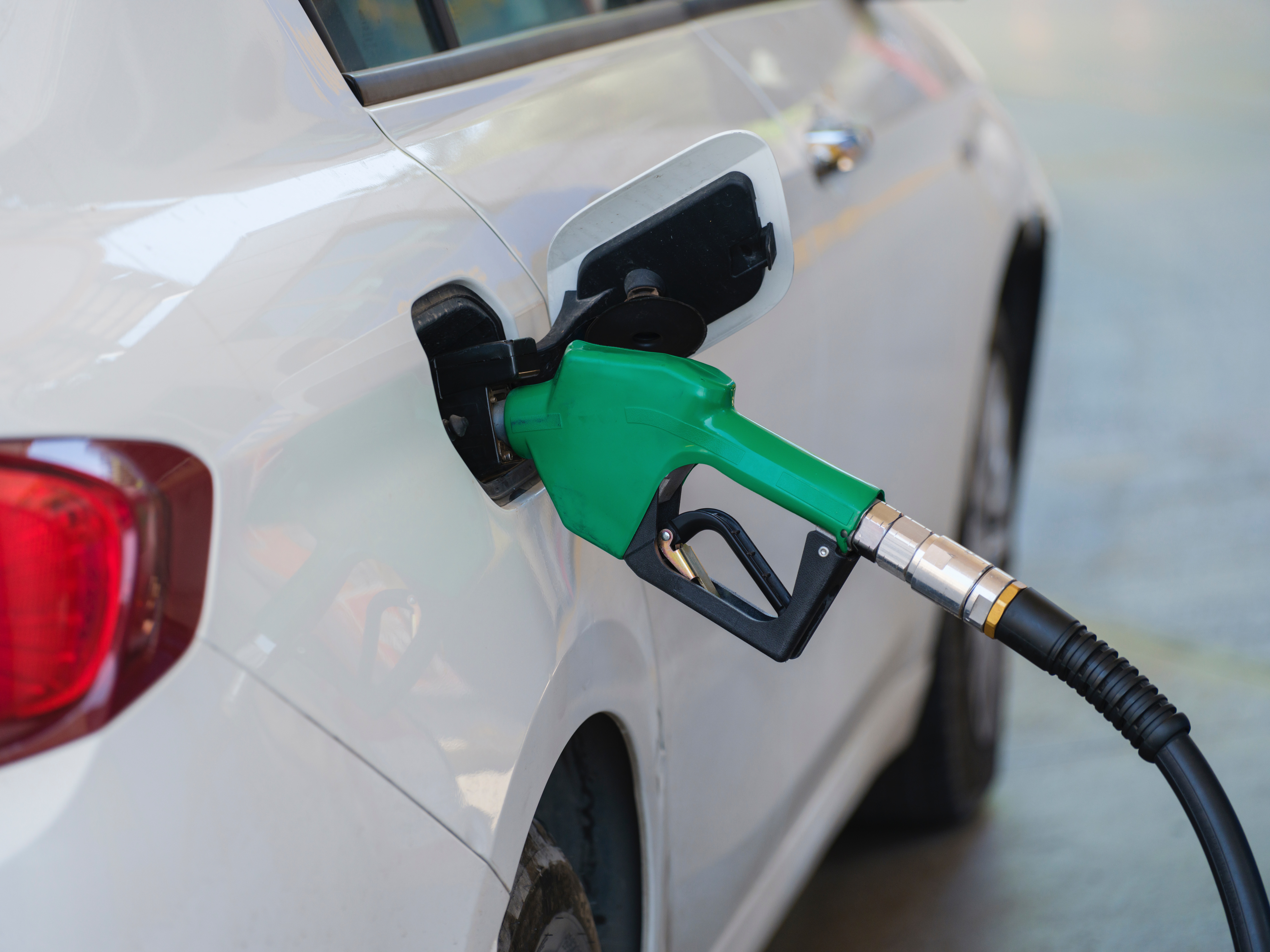
Brock Smith
Year-over-year inflation, as measured by the Consumer Price Index (CPI), hit 7% in
December. The US is now clearly experiencing its most serious bout of sustained inflation
since the 1970s. There is ongoing debate about how much of the increase in CPI (which
is constructed from the prices of a “basket” of common goods across many sectors)
is broad-based, or mostly driven by a small number of important sectors that are dealing
with special circumstances. But what isn’t in doubt is that a surge in energy prices
is one of the most important factors.
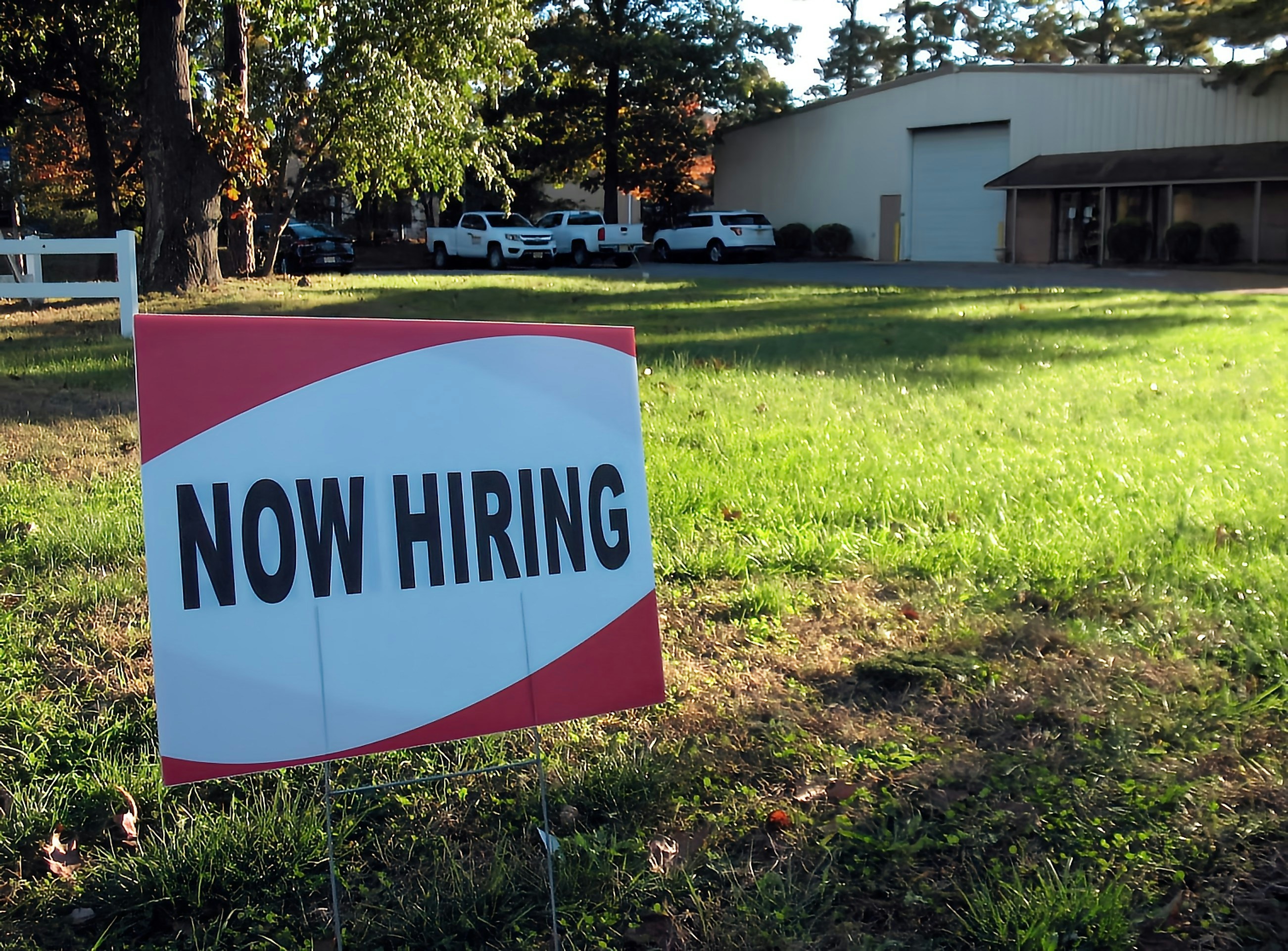
Diane Charlton
Help wanted signs are visible on nearly every street corner and store hours have been
reduced. Employers and consumers are likely wondering why labor appears so scarce
and whether these changes are the results of transient economic trends or more fundamental
structural changes in the labor supply.
2021

Market Power of the Beef Packers
Yang Yu
In the U.S., about 80% of beef products are processed by four large companies: Tyson
Foods, Cargill, JBS USA, and National Beef. As market concentration reaches this level,
one would naturally wonder how much market power these firms possess and the implications
for the upstream cattle sellers and downstream beef buyers.

Montana’s farmland values continue moderate downward trend in latest USDA estimates
Dan Bigelow
In August, the U.S. Department of Agriculture’s National Agricultural Statistics Service
(NASS) released their annual farmland value estimates for 2021. The NASS estimates are derived from a survey, administered each June, in which farm operators are asked to estimate the market
value of their land. For states with property transaction price non-disclosure rules,
such as Montana, the NASS estimates represent one of the only publicly available sources
of farmland value estimates.

Help Wanted & H-2A
Diane Charlton
Numerous “Help Wanted” signs are appearing in drive thru windows and at the entrances to box stores, among other industries. This could be concerning to agricultural employers, who have historically served as only a temporary place of employment for new immigrants as they seek out work in other industries (Martin, 2002; Martin and Taylor, 2013). Card and Lewis (2007) show that the share of immigrants working in agriculture decreases the longer immigrants remain in the United States. What happens to the farm labor supply when there are abundant job openings in other industries that employ workers with less than a college education?

The Northwest Power Plan and the Future of Energy
Brock Smith
Last month the Northwest Power and Conservation Council released an update of their
“Northwest Power Plan”, a 20-year roadmap for meeting the electricity needs of Montana, Idaho, Washington
and Oregon. A previous version of this plan warned that coal plant retirements raised
the risk of blackouts in the region. But this update calls for much heavier investment
in renewable power generation, and is much more sanguine about blackout risk. The
reason is the relentless plunge in the cost of renewables, which have defied energy
experts’ opinions at every turn. The first two graphs in the figure below (from BloombergNEF)
show the per-watt generation cost of solar and wind energy from 2020-2020.
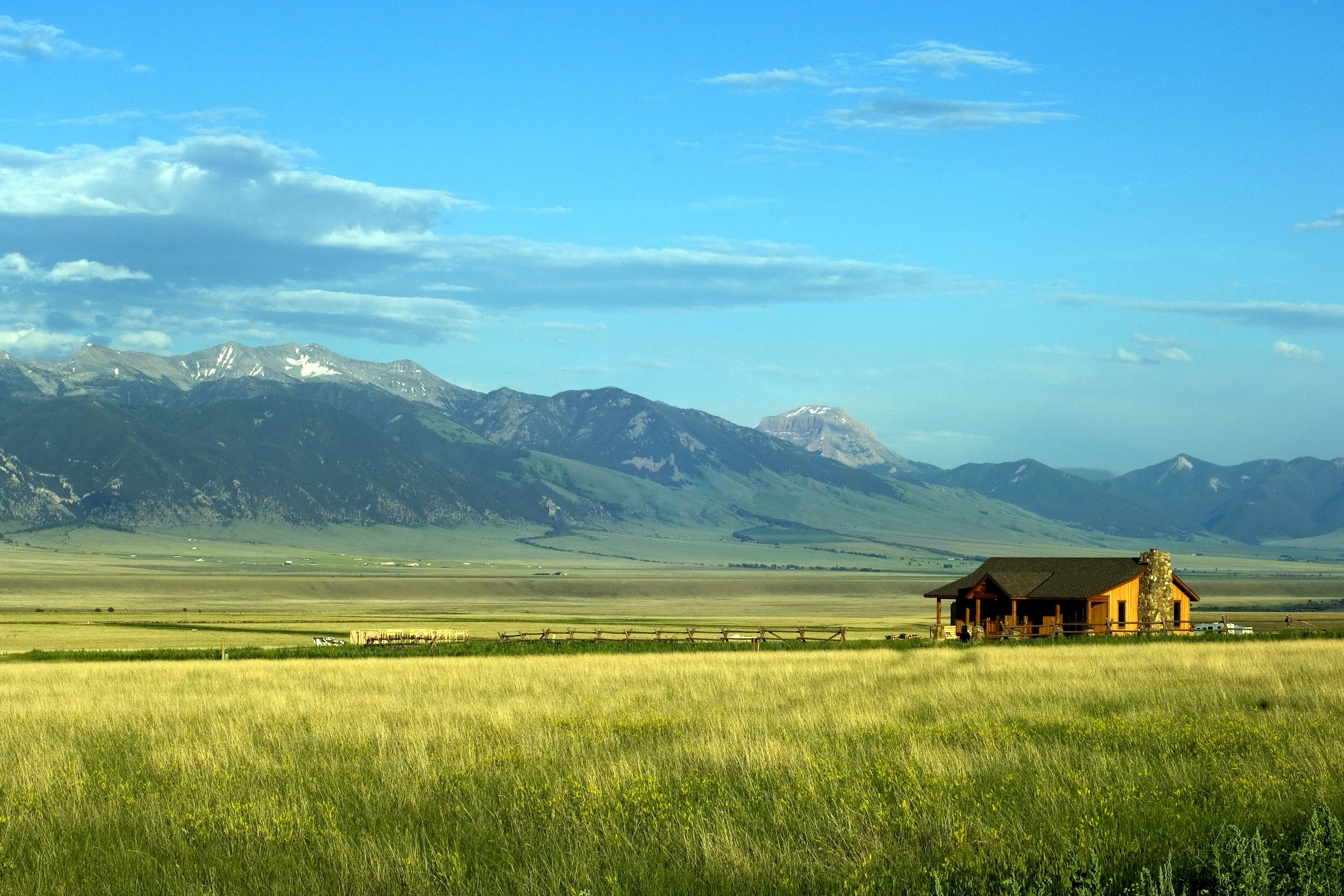
No Big Changes in Montana Ag Producer's Financial Sentiments from 2020
Kate Fuller
The Montana NASS Office and the Montana Wheat and Barley Committee (MWBC) recently released the Montana Wheat and Barley Variety Survey. In previous years, MSU has helped MWBC run the survey. This year NASS administered the survey. Having NASS run the survey allows a larger sample size and better representation in the results. This year, the survey received 2,241 responses (1,885 usable). In comparison, we received 439 in 2020, the last year MSU administered the survey.
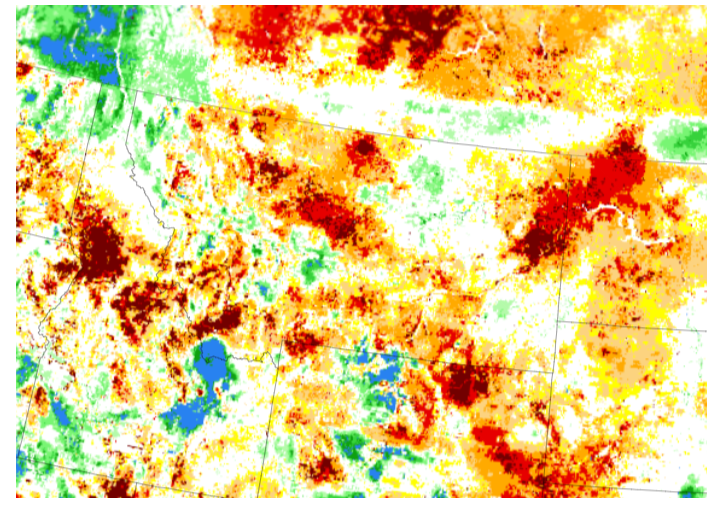
Recapping the 2021 Drought
Nick Hagerty
Today marks the first day of the new water year, which runs from October 1 of each year through September 30 of the next. Water managers
count time using the water year because after Oct. 1, precipitation no longer matters
so much for this year’s crops – instead, most of it will be stored in reservoirs and
snowpacks and be used during next year’s growing season.

SNAP Benefit is Permenently Increased but Food Security Still Faces Challenges
Yang Yu
Recently, the Biden Administration has approved a permanent increase in the Supplemental Nutrition Assistance Program (SNAP) benefits, effective this October. On average, SNAP participants will receive their monthly benefits at a level up to 25% higher than their pre-pandemic benefits, which implies a monthly increase of about $36 per person. Annually, the federal government will provide an additional 44.5 million dollars to the 103,000 SNAP participants in Montana to help them secure enough and healthy food for their families.

Seasonal Farm Labor and Increasing Incidence of COVID-19
Diane Charlton
The potential spread of COVID-19 is still a major concern for employers, including farm employers. Given the delicate timing of agricultural harvest, a COVID-19 outbreak among workers could be devastating. Despite employer precautions, there were still numerous COVID-19 outbreaks on farms in 2020. In a forthcoming paper in the Applied Economic Perspectives & Policy, I examine the relationship between month-to-month variation in historical agricultural employment and changes in the incidence of confirmed COVID-19 cases and deaths within U.S. counties from April-August 2020.

Has Montana's Labor Force Shrunk?
Joel Schumacher
Over the past few months, you have probably read an article, watched a news story
or looked at a help wanted sign at a business. It seems Montana businesses are having
difficulty finding enough workers. The articles and news stories have pointed to
CV-19 health concerns, lack of day care options, enhanced unemployment benefits, lack
of willingness to work on the part of some individuals, low pay by employers and lack
of access to foreign worker programs as possible causes. A recent report by Christopher Bradley (Senior Economist with the Montana Department of Labor and
Industry) does an excellent job of providing some context to workforce issues in Montana.
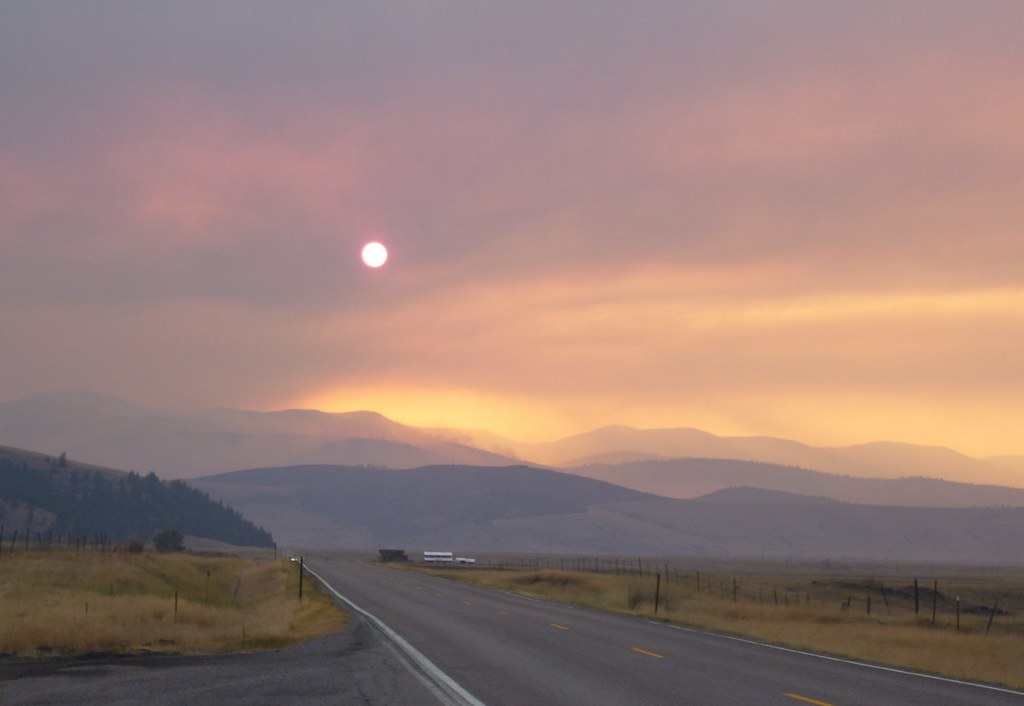
The Health Effects of Hazy Air
Brock Smith
Thanks to wildfires popping up all over the Northwest US (and Canada), Montanans have been dealing with a recent spate of smoky air. Here in Bozeman, we had days in which the peak Air Quality Index (AQI) exceeded 100 (signifying “unhealthy for sensitive groups”) for roughly a week straight, an unusually bad stretch for the area. Air quality fluctuates widely from year to year and even week to week, but as wildfire frequency is likely to continue to increase due to climate change, we can expect occasional stretches of bad air to become more commonplace as well.
